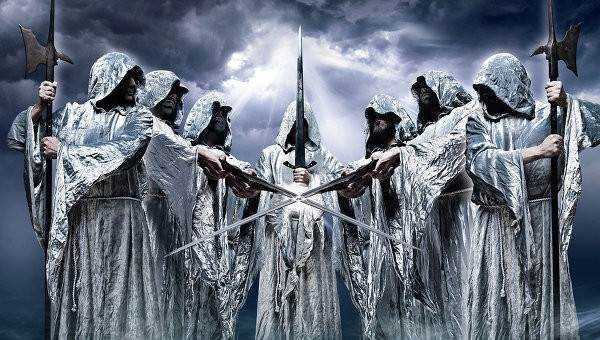From Game of Thrones to Harry Potter and from Lord of the Rings to the Legends of the Vikings, Magical Reality has been always perceived as a western concept of storytelling that involves intense mythology inspired fantasy worlds with heroic personalities and humongous demons with mutated bodies, time warps and surreal visuals. However, little do we know about the origin of this genre. Let us understand that why magical reality is an impactful way of storytelling and how is it becoming the future of visual world and Gaming Industry.
Among the thousand complicated definitions of magical reality, the closest meaning of this genre could be understood as metaphysics of visual storytelling. Magical realism was influenced by the ‘surrealist movement’ where a distorted version of an object or a subject would symbolize a greater meaning to the existing one. Such juxtaposition of images is done with the intention of communicating a larger underlying message to the perceiver. However, magical realism is more about artist’s psychology and their mannerism of expression.
Though presence of magical reality is a way more common instance that could be traced in almost every mythology across the world, but it was Franz Roh who did a critical evaluation of the concept in his book Nach Expressionismus: After expressionism (1925), which spoke about problems in newest European paintings. Today we assume that Magic realism is a concept derived from the popular culture of Latin America in mid 20th century.
However, this study is focused on tracing the existence of magical realism in Indian literature and storytelling even before 1920’s. This may seem quite unusual that Magical Realism has been a part of our storytelling culture even before 19th century but it is true. Our mythology is full of excerpts with symbolic representation of today’s reality. Say for example the gods and goddesses of various elements of nature or the city of ‘Indraprastha’ (Palace of Illusion) from Mahabharata or the super humans represented as king and warriors possessing immense power and exorbitant resources which could be compared with modern day weapons or marvels of advanced scientific inventories.
During the early 19th century, we see examples of Magical realism in the works of Sukumar Ray, in his book “Abol Tabol” and “Ha Ja Ba Ra La”. His bizarre representations of humans and animals and sketches of absurd technology were an amusement for the kids but with extreme use of symbolism which portrayed the then condition of the society. Later on, his son Satyajit Ray, made a documentary on his works and also used this style in many of his famous movies. The 19th and early 20th century was a phase of aggressive industrialization. The main focus of the artists became the humans who slowly were turning into robots. The society was transforming into a mechanized one with beauty, art and aesthetics becomes secondary.
In current times, we are seeing this genre emerging as trend among film makers and the game developers. Ever heard about the games like Dungeons and Dragons or Warhammer 40? Well these games are excessively inspired by fantasy worlds and magical elements which people enjoy. Dungeons and Dragons is still among the most favorite Pen and paper board games in the world. However it is largely characterized by the elements of super humans, heroes and devils who try to reach to a specific target. The reason why people love these games is because they want to escape into a world and become something that they always wanted to be. A carefree and wild personality unlike burdened with the monotonous and strict corporate lifestyles. It is a strategical game which helps in team bonding as well as recreation.
However is our society ready for such subtle art of storytelling? Many critics are in support of complete prohibition of such influences from the lives of teenagers. Others have their reservation regarding the moral code and ethics of how this art has been inculcated. Well, that’s the entire focus of this study. We see whether or not, magic realism has a potential to become the future of storytelling in India. What are the challenges and how can film makers merge it with virtual reality and augmented reality to create a unique experience for the viewers.




Leave Comment